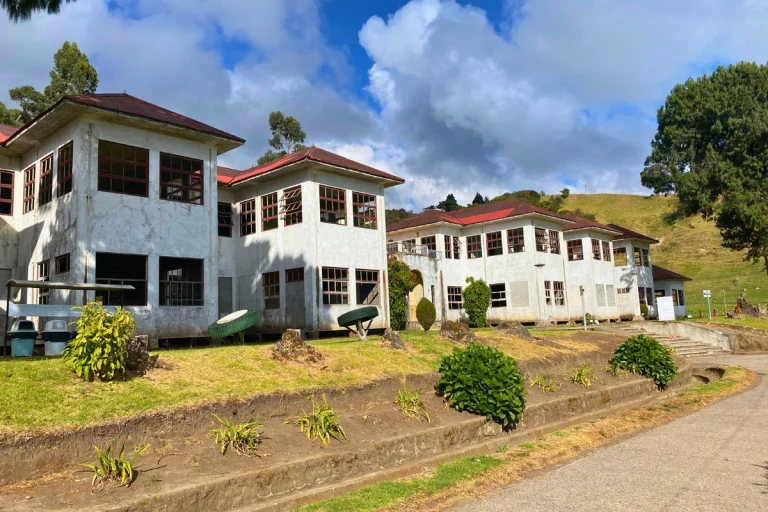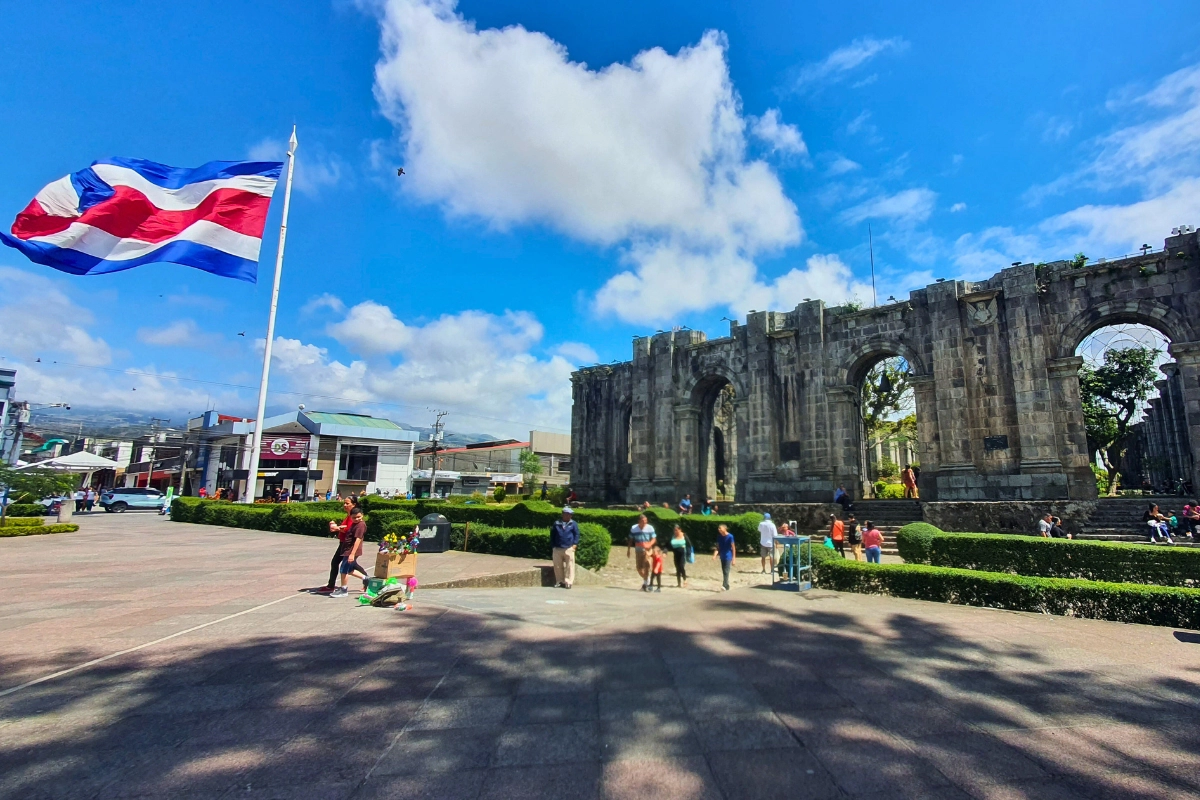Costa Rica is not only about breathtaking nature — it’s also a land with a fascinating past and vibrant traditions. From ancient indigenous roots to the Spanish colonial era, and the Afro-Caribbean influence on the Atlantic coast, the country is a true cultural mosaic that comes alive in its food, festivals, architecture, and everyday life.
You can experience this diversity everywhere: walking through historical landmarks, visiting museums, or joining traditional celebrations that are still part of daily life.

Top Cultural and Historical Experiences in Costa Rica

Costa Rica History and Culture Map: Museums, Landmarks & Traditions

History and Culture by Category
Historical Sites & Monuments
Festivals & Traditions
Frequently Asked Questions about Costa Rica’s History and Culture








